University Biology: Agarose Gel Electrophoresis and Forensics
VerifiedAdded on 2023/01/04
|5
|891
|61
Homework Assignment
AI Summary
This assignment solution focuses on agarose gel electrophoresis, a technique used to separate DNA fragments based on size. The document analyzes two case studies: a crime scene investigation at Paul's Pierogi Palace and a paternity dispute. It explains how DNA evidence, obtained from sources like the "Terrible Towel" and potential suspects, can be used to identify individuals and solve crimes. The solution covers the principles of PCR, DNA stability, and the complementary base pairing of DNA strands. It also addresses the limitations of DNA evidence, such as contamination and degradation, and how these factors affect the reliability of results. The assignment demonstrates the application of electrophoresis in forensic science, highlighting how the banding patterns of DNA fragments can be used to match suspects to crime scenes and determine biological relationships.
1 out of 5
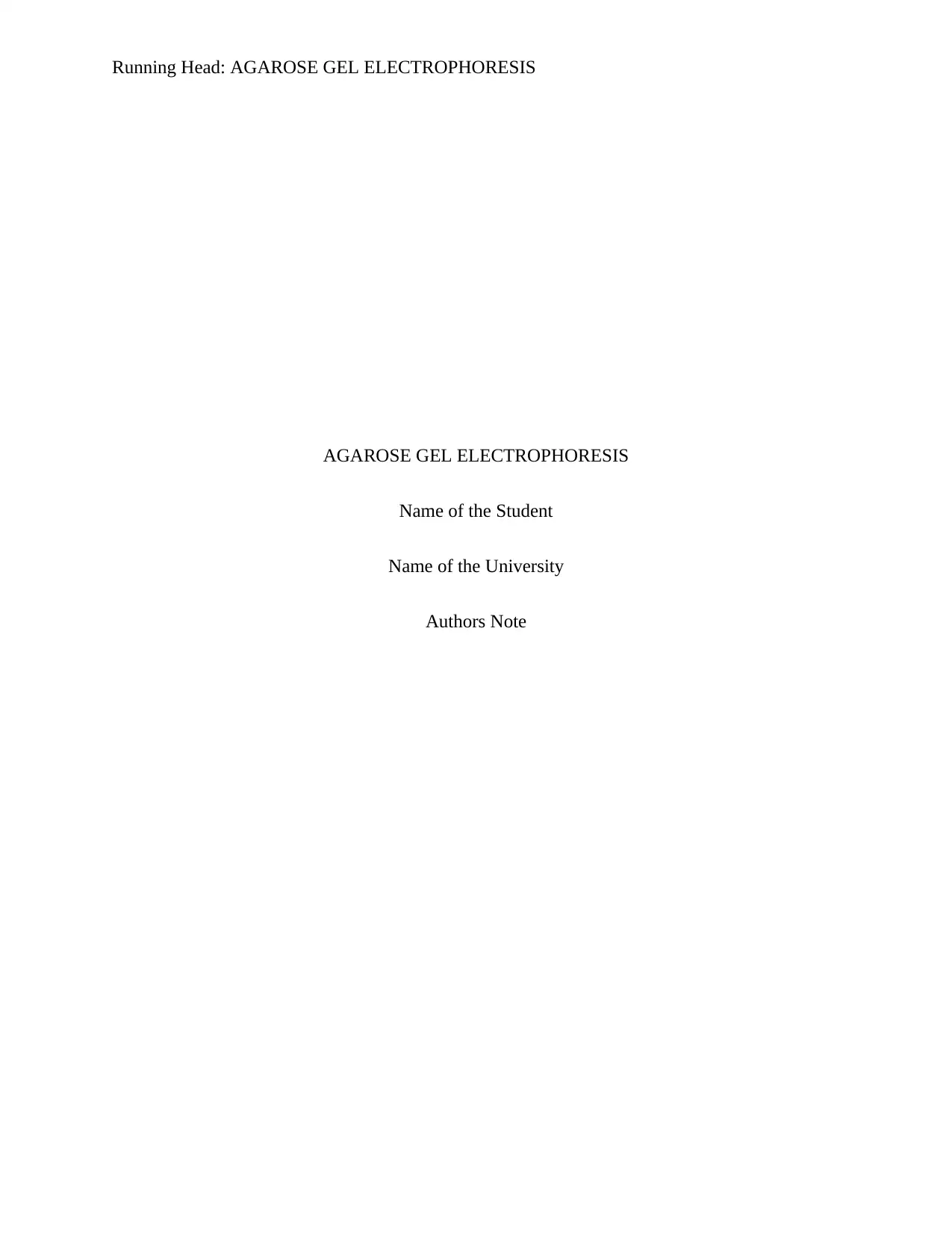
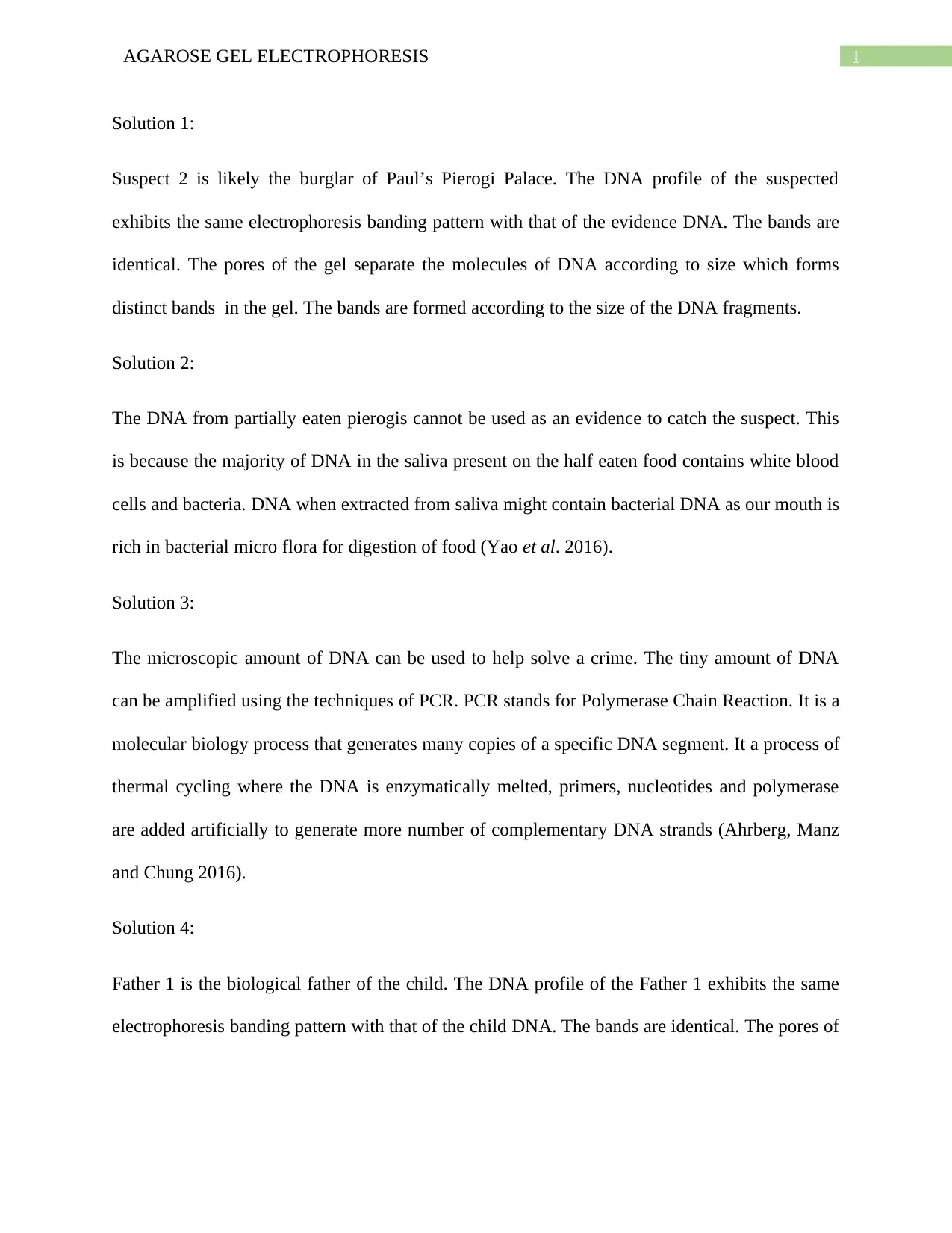
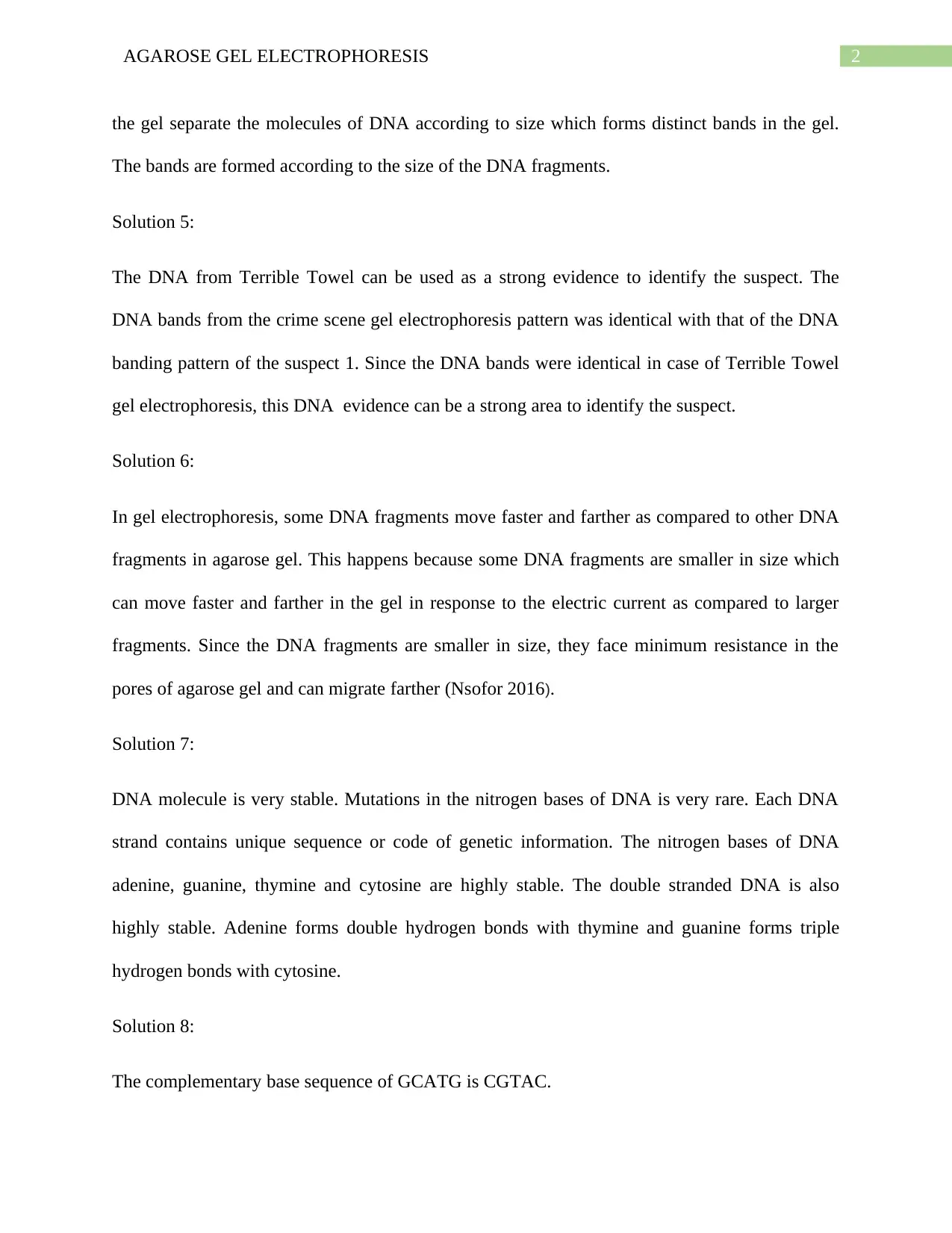

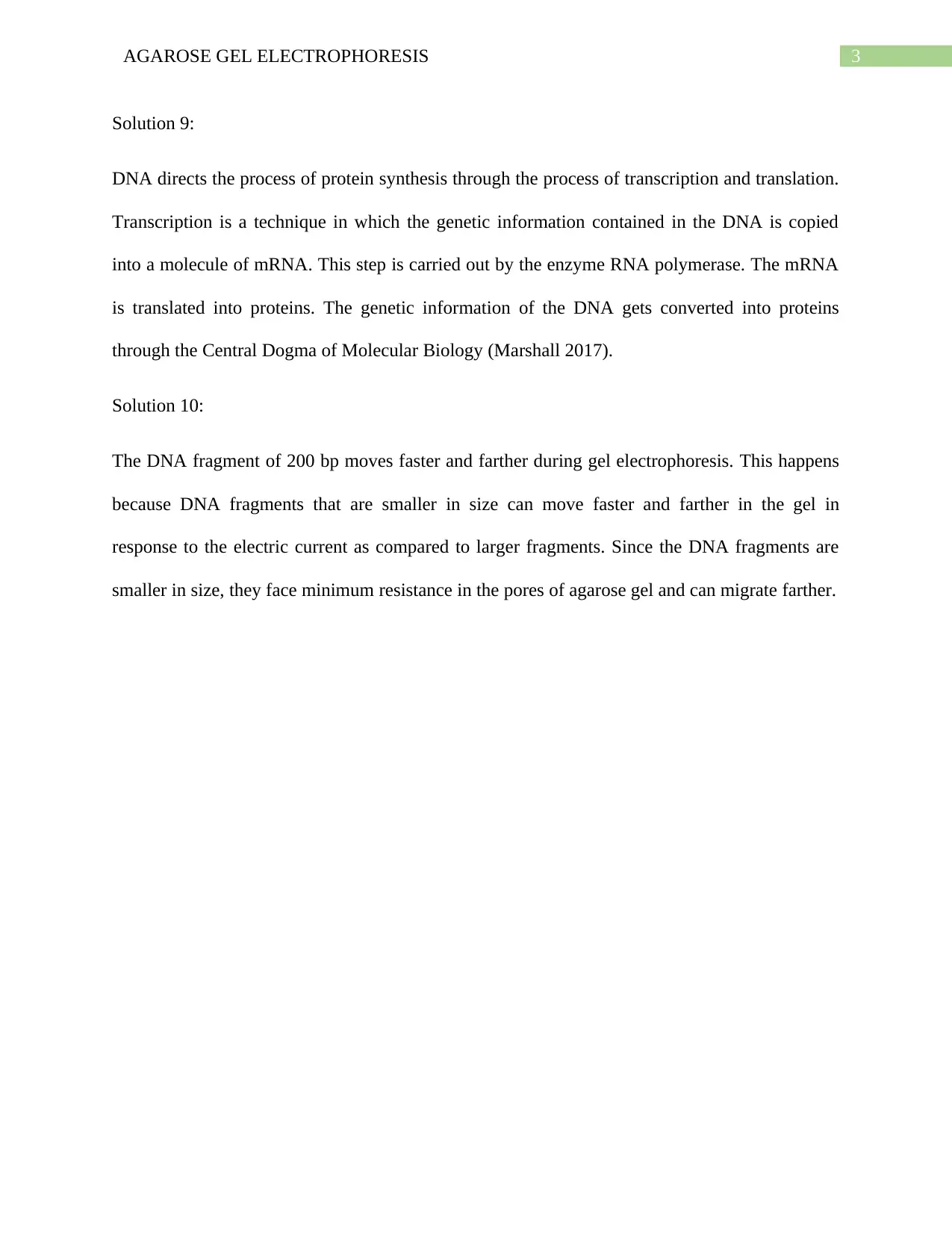
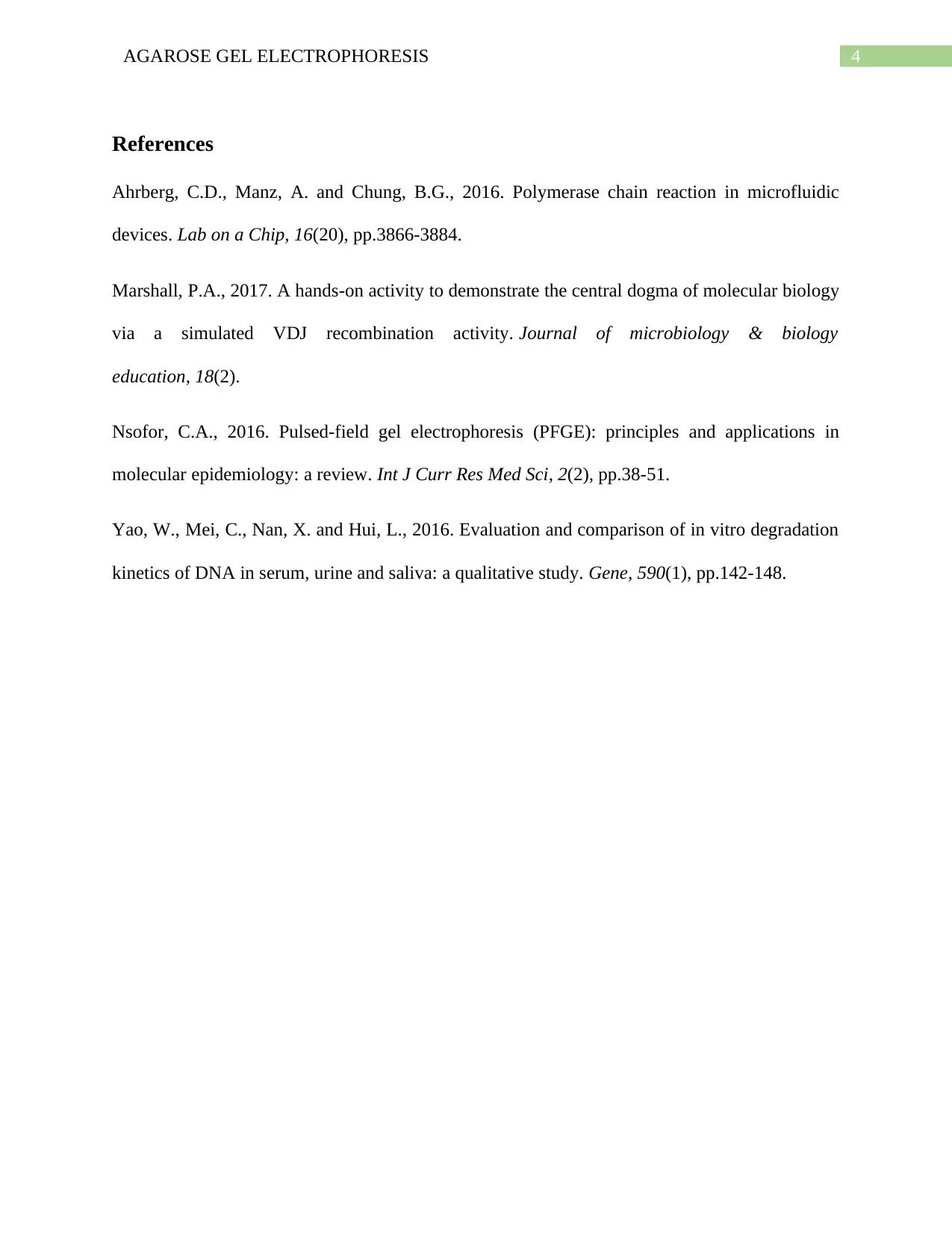
![[object Object]](/_next/static/media/star-bottom.7253800d.svg)